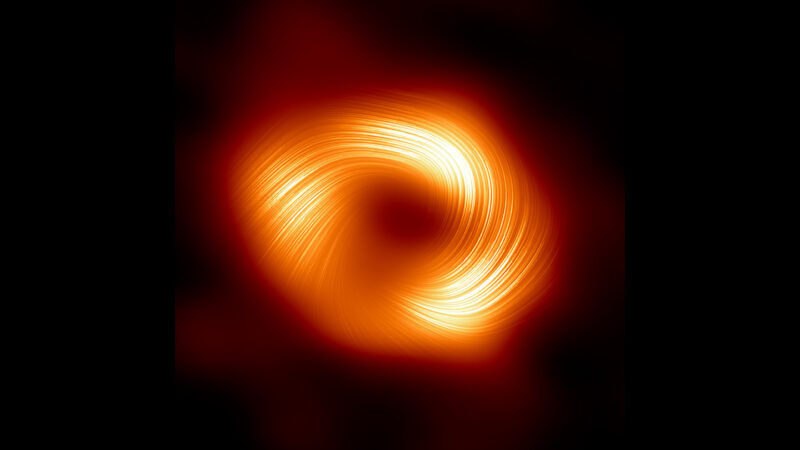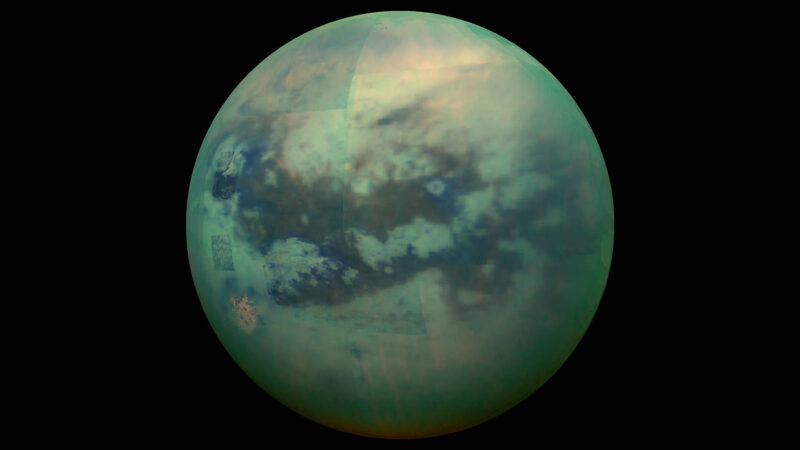Astronomers have gotten their best view yet of magnetic fields around the black hole at the heart of the Milky Way. This supermassive black hole is named Sagittarius A*— or Sgr A* for short. It lies in the very center of our galaxy, some 27,000 light-years from Earth. It weighs as much as 4 million suns.
The new image reveals that the black hole is surrounded by highly ordered magnetic structures.
Researchers shared this result in two papers published on March 27. Both appear in Astrophysical Journal Letters.
The Event Horizon Telescope, or EHT, took the new image. EHT is a global network of radio telescopes. It gave us the first picture of a black hole back in 2019. That image showed the supermassive black hole at the heart of a galaxy called M87. Three years later, EHT unveiled the first image of the black hole at the heart of our galaxy.
In the new research, scientists looked at EHT data on polarized light coming from around Sgr A*. Polarized light is made up of light waves that wiggle in the same direction. Up and down, for instance. Or left and right. Mapping the polarized light from a source can offer clues to that source’s magnetic properties.
The magnetic field closest to Sgr A* is fairly strong. It’s about 30 times as strong as Earth’s magnetic field. But that’s still only about as strong as a fridge magnet, notes Sara Issaoun. She’s an astronomer at the Harvard and Smithsonian Center for Astrophysics. That’s in Cambridge, Mass.
The magnetic fields around Sgr A* do not come from the black hole itself. Rather, they arise from the stuff near the black hole. A huge disk of gas and dust circled Sgr A* as it spirals into the black hole. Hot, dense plasma shrouds that disk. That plasma is made up of charged particles. And the motion of those charged particles whips up magnetic fields.
A couple of years ago, EHT revealed the magnetic structures around M87’s central black hole. That black hole weighs as much as 6 billion suns! It lives in a giant elliptical galaxy, rather than a spiral type, like the Milky Way. And, unlike the black hole at the center of our galaxy, M87’s black hole spews a bright, powerful jet of plasma.
In short, M87’s core black hole is very different from our own. As a result, “we expected to see different properties of their magnetic fields,” Issaoun says.
Yet the highly structured magnetic fields around the two black holes actually look quite similar. This hints that such fields are common around black holes and may affect how these cosmic vacuum cleaners grow and evolve.





